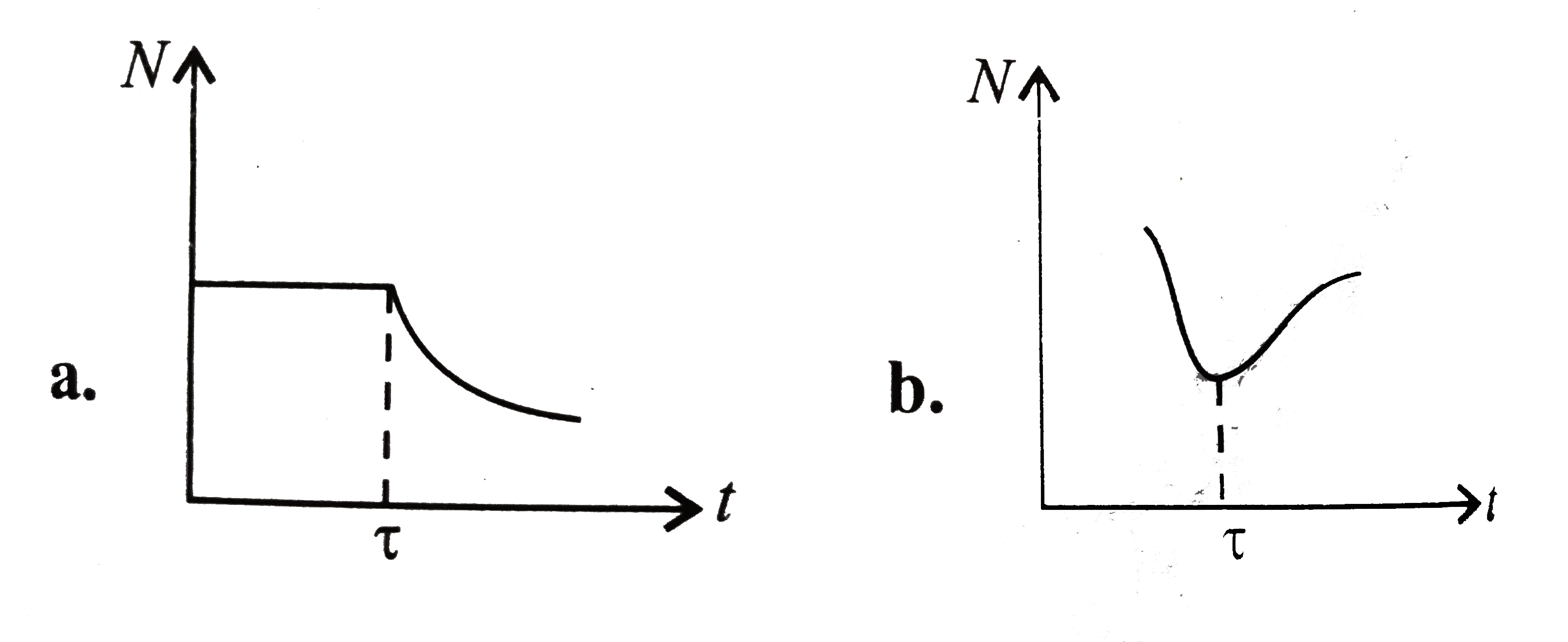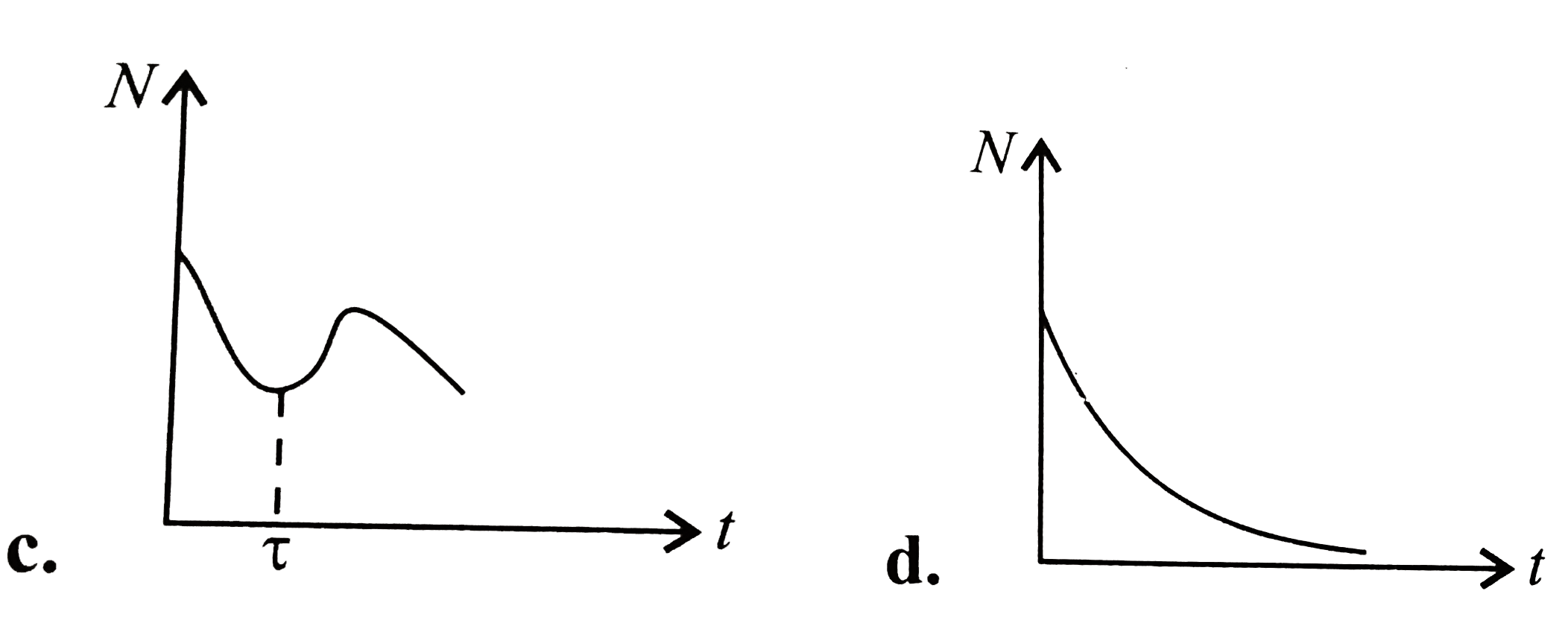They are pipe-like, consisting of a group of specialised cells. They transport substances and form a two-way traffic in plants. Which of the following terms qualify for the features mentioned above?
Xylem tissue
Vascular tissue
Root hairs
Phloem tissue
The correct Answer is:D
To solve the question, we need to identify the plant tissue that matches the given features: pipe-like structure, made of specialized cells, capable of transporting substances, and exhibiting two-way traffic. Let's analyze the options step by step:
1. Understanding the Features:
- The tissue is described as "pipe-like."
- It consists of a "group of specialized cells."
- It is responsible for "transporting substances."
- It allows for "two-way traffic" of substances.
2. Evaluating the Options:
- Xylem:
- Xylem is indeed pipe-like and consists of specialized cells.
- It primarily transports water and minerals from the roots to the leaves (unidirectional).
- Therefore, it does not meet the criteria for two-way traffic.
- Vascular Tissue:
- Vascular tissue includes both xylem and phloem.
- While it encompasses the characteristics of both tissues, it does not specifically refer to a single type of tissue that meets all criteria.
- Root Cells or Root Hairs:
- Root hairs are involved in the absorption of water and minerals.
- They do not have a pipe-like structure and do not facilitate two-way transport.
- Phloem Tissue:
- Phloem is pipe-like and consists of specialized cells.
- It is responsible for transporting food (like starch) from the leaves to other parts of the plant, including roots and stems.
- Phloem allows for bi-directional transport, as it can move substances both upwards and downwards.
3. Conclusion:
- Based on the analysis, the only tissue that meets all the criteria of being pipe-like, consisting of specialized cells, transporting substances, and exhibiting two-way traffic is Phloem Tissue.
Final Answer:
Phloem Tissue
- The tissue is described as "pipe-like."
- It consists of a "group of specialized cells."
- It is responsible for "transporting substances."
- It allows for "two-way traffic" of substances.
- Xylem:
- Xylem is indeed pipe-like and consists of specialized cells.
- It primarily transports water and minerals from the roots to the leaves (unidirectional).
- Therefore, it does not meet the criteria for two-way traffic.
- Vascular Tissue:
- Vascular tissue includes both xylem and phloem.
- While it encompasses the characteristics of both tissues, it does not specifically refer to a single type of tissue that meets all criteria.
- Root Cells or Root Hairs:
- Root hairs are involved in the absorption of water and minerals.
- They do not have a pipe-like structure and do not facilitate two-way transport.
- Phloem Tissue:
- Phloem is pipe-like and consists of specialized cells.
- It is responsible for transporting food (like starch) from the leaves to other parts of the plant, including roots and stems.
- Phloem allows for bi-directional transport, as it can move substances both upwards and downwards.
- Based on the analysis, the only tissue that meets all the criteria of being pipe-like, consisting of specialized cells, transporting substances, and exhibiting two-way traffic is Phloem Tissue.
Phloem Tissue
Topper's Solved these Questions
- BOOK - NCERT EXEMPLARCHAPTER - TRANSPORTATION IN ANIMALS AND PLANTS EXERCISE - Very short type questions3videos
TRANSPORTATION IN ANIMALS AND PLANTS
- BOOK - NCERT EXEMPLARCHAPTER - TRANSPORTATION IN ANIMALS AND PLANTS EXERCISE - Short Answer type question8videos
TRANSPORTATION IN ANIMALS AND PLANTS
- BOOK - NCERT EXEMPLARCHAPTER - SOILEXERCISE - Long Answer Questions4videos
SOIL
- BOOK - NCERT EXEMPLARCHAPTER - WASTEWATER STORYEXERCISE - LONG ANSWER QUESTIONS5videos
WASTEWATER STORY
Similar Questions
A radioactive substance consists of two distinct having equal number of atoms initially. The mean products in both cases are stable. A plot is made of total number of radioactive nuclei as a function of time. Which of the following figures best represents the form of this plot?

 View Solution
View SolutionRead the following statements.
a. A group of similar cells along with intercellular substances performing a specific function form a tissue.
b. All members of kingdom animalia consists of only four basic type of tissues.
c. When two or more organs perform a common function by their physical or chemical interaction that together form an organ system.
d. The organ stomach in humans has all four types of tissues. How many above statements are correct?View Solution
Knowledge Check
- Question 1 - Select One
You place cells in a solution of glucose and measure the rate at which glucose enters the cells. As you increase the concentration of glucose solution, the rate at which glucose enters the cells increases. However when the glucose concentration of the solution is increased above 10M, the rate at which glucose enters no longer increases. Which of the following is the most likely mechanism for glucose transport in the cells?
AFacilitated diffusion via a carrier proteinBFacilitated diffusion without carrier proteinCActive transportDSymport - Question 2 - Select One
Read the conditions carefully and write the answers to the questions that follow:
Conditions: A given animal is found in the coastal water of the tropical and temperate seas and possesses the following characteristics:
(a) The animal belongs to the group which depicts the tissue level of organisation.
(b) The body wall consists of two distinct layers of cells: the outer epidermis and the inner gastrodermis.
(c) The animal has a soft, gelatinous, saucer-like body bearing numerous tentacles at the margins.
(d) The animal has minute .fimbriae possessing abundant stinging cells (nematoblasts).
Based on the characteristics of the animal, which of the following is the most correct statement about the group to which it belongs?AAnimals do not reproduce sexually.BAnimals do not show alternation of generations.CAnimals are commonly called sac-like animals.DAnimals possess specific organs for excretion and respiration. - Question 3 - Select One
Eight friends - A, B, C, D, E, F, G and H - are sitting around a circular table facing the centre but not necessarily in the same order. Each of them likes a different cricketers - Dhoni, Yuvraj, Sachin, Dravid, Irfan, Suhail, Ashwin and Michael. There are two persons between those two persons who like Dhoni and Yuvraj and neither of them sits opposite A. C and G are immediate neighbours and neither of them likes Michael or Yuvraj. A, who likes Ashwin, sits second to the right of the girl who likes Michael. B and E neither like Michael nor sit adjacent to A. E, who likes Yuvraj, sits second to the left of G, who likes Dravid. C does not like Dhoni. The immediate neighbour of E faces C, who sits third to the left of the one who likes Ashwin. F does not like Michael. Both D and H do not like Dhoni and Sachin. B likes Suhaib while D likes Irfan. Is not an immediate neighbour of A.
Four of the following five are alike in a certain way based on the given arrangement and thus form a group . Which of the following does not belong to that group ?AA-AshwinBF-DhoniCE-YuvrajDD-Sachin
These question consist of two statements each printed as Assertion and Reason. While answering these questions you are required to choose any one of the following four responses : Assertion : Algae are characterized by multicellular sex organs in which every cell forms the gamete.
Reason : Sexual reproduction in algae is only of oogamous type .View SolutionRead the following statements.
a. A group of similar cells along with intercellular substances performing a specific function form a tissue.
b. All members of kingdom animalia consist of only four basic types of tissues.
c. When two or more organs perform a common function by their physical or chemical interaction, they together form an organ system.
d. The organ stomach in humans has all for types of tissues.
How many above statements are correct?View SolutionHalogens combine with each other to form interhalogen compounds (XX',XX'3,XX'5andXX'7). Halide ions often react with molecules of halogens or interhalogens to form polyhalide ions consisting either of the same halogen or of two or three different halogens. Besides these, a few othe anions are known, which do not contain any of the halogen atoms but behave like halide ions. These anions are called pseudohalides and consist of two of more atoms of which one is always a nitrogen atom.
The correct order of pseudohalide, polyhalide and interhalogen areView SolutionSix people - C, D, E, F, G and H are standing in a straight line facing north not necessarily in the same order. D is standing second to the right of F. C is standing fourth to the left of H and H is not standing on the extreme end of the line. E is standing second to the right of D.
Four of the following five are alike in a certain way based on their positions in the above arrangement and so form a group. Which of the following does not belong to the group ?View SolutionConsider the following statements:
1. Food prepared by plant is transported to different parts of plant through phloem.
2. Water and minerals in plant is transported through phloem.
3. The cell wall of phloem cells is rich in lignin.
Which of the statements given above is/are correct?View Solution

